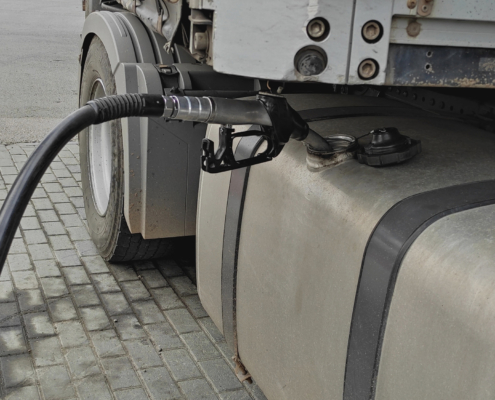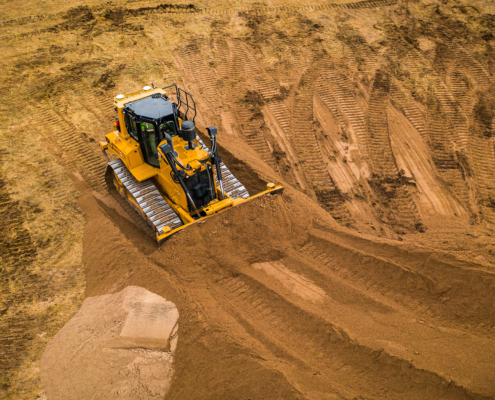Fuel is a valuable commodity on construction sites, making it a prime target for theft. The problem isn’t just about external threats—internal misuse and poor tracking can also lead to significant losses.
One of the biggest vulnerabilities comes from the open nature of construction sites. With vehicles, equipment, and fuel tanks often left unattended, it’s easy for unauthorized individuals to siphon fuel without being noticed. Criminals may also target fuel storage areas during off-hours, knowing that many sites lack overnight security.
Internal fuel theft in construction is another challenge that often goes unnoticed. Employees may take fuel for personal use, exaggerate their fuel needs, or fail to log transactions accurately. When companies rely on manual fuel tracking, these discrepancies can add up over time, leading to substantial losses without a clear explanation.
Beyond theft, fuel mismanagement is another costly issue. If companies don’t have clear records of fuel usage, they may be wasting fuel through inefficient operations, excessive idling, or unnecessary refueling trips. Addressing these risks requires a comprehensive fuel security strategy that combines technology, restricted access, and best practices in fuel management.







